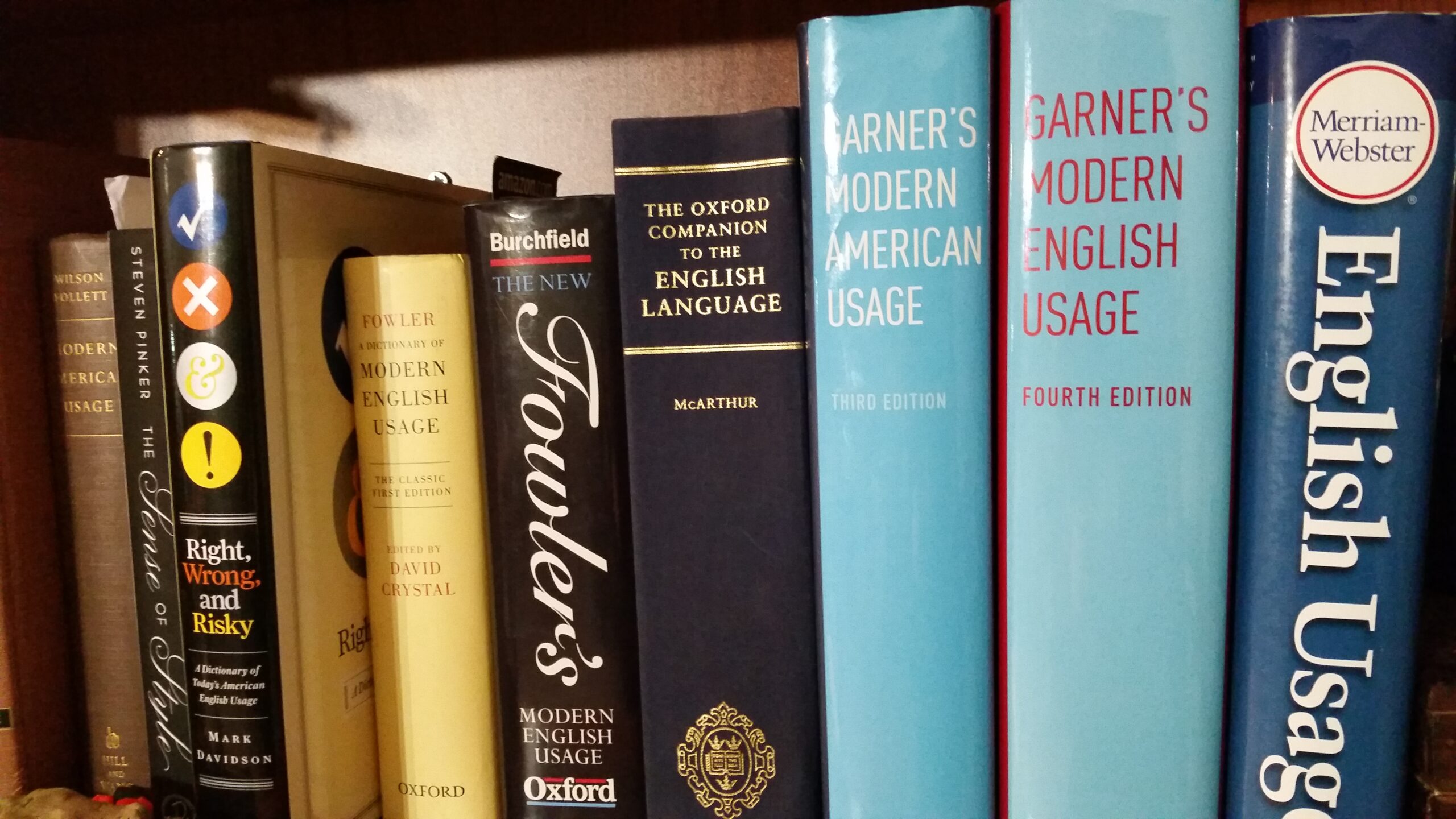I’ve written about dashes previously, but a recent Slate article by Noreen Malone is encouraging me to revisit the subject. In her article, Malone demonstrates what overuse of the dash looks like. Her article is so overloaded with em dashes that the reader is left dizzy and confused. A paragraph would have done the trick in my mind, but the article certainly makes its point.
Apart from that, however, there is little value in Malone’s piece. She doesn’t show her readers how to use the em dash and seeks to abolish it all together. The em dash, she says, does not allow for clear, concise writing. I disagree, and so do many others. Writes Bryan Garner in Garner’s Modern American Usage:
The em-dash is perhaps the most underused punctuation mark in American writing. Whatever the type of writing, dashes can often clarify a sentence that is clogged up with commas—or even one that’s otherwise lusterless.
Better than that, Garner offers several examples of dashes used well. Here’s one:
She tried not to think that all his verses about her—the sonnets, the villanelles, the haiku—were merely ploys to prepare her for this ridiculous rubber balloon.—Arthur Miller, “The Bare Manuscript,” New Yorker, 16 Dec. 2002, at 82, 86.
Malone writes that the em dash “disrupts the flow of the sentence.” Sure, Miller could have used commas or parentheses, but the point of using the dashes was to disrupt the flow of the sentence. Commas are not as strong as dashes; they keep the sentence flowing. Parentheses, the stage whisper of punctuation, are even weaker. If Miller had used commas, we wouldn’t have the impression that although Lena was trying not to think about all the verses, the abrupt break and the list show us that she was thinking about them anyway. You can almost see her pausing, remembering them all.
Get writing advice straight in your inbox.
Sign up for Right Touch Editing’s emails!
I won’t argue that writers sometimes overuse the em dash. But despite the rational advice from those she quotes, Malone encourages us to stop using the em dash completely. Perhaps that would be good for her, as she admits she doesn’t know how to use the em dash properly:
I never met a sentence I didn’t want to make just a bit longer—and so the dash is my embarrassing best friend. … But as I’ve read and written more in the ensuing years, my reliance on the dash has come to feel like a pack-a-day cigarette habit—I know it makes me look and sound and feel terrible—and so I’m trying to quit.
For the rest of us, however, a review of how and when to use the em dash would be more useful.
What Is an Em Dash?
An em dash is the longest dash, often called simply the dash, but also called the em rule or the long dash. It looks like this: —.
What Does an Em Dash Do?
An em dash sets off one part of a sentence from the rest of the sentence.
What Do You Use an Em Dash For?
The em dash signals an interruption in the sentence. The interruption might be to emphasize a point or to give an example. Em dashes are more emphatic than commas, parentheses, colons, and ellipses and can easily replace them—when it’s warranted.
How Often Should I Use an Em Dash?
This to me is Malone’s, and many other writers’, real problem. It’s not that they don’t understand what an em dash is for, but they can’t get a handle on how often to use it. If you’re using the em dash to make a sentence just a little longer, if you’re using it to try to stuff one more point in the sentence, stop. The dash is for effect, not overstuffing.
The em dash should be used sparingly. I still like Grammar Girl’s advice:
A dash also introduces extra material, but, well, a dash is quite a dramatic punctuation mark. A dashing young man is certainly not an ordinary young man, and if you’re dashing off to the store, you’re not just going to the store, you’re going in a flurry.
Can I Use a Hyphen? Do I Put Spaces Around It?
First, never substitute a single hyphen for an em dash; they’re two different pieces of punctuation. Use a genuine em dash. Most systems can produce em dashes, but because the dash doesn’t have its own key on the keyboard, you may have to do a little digging to figure out how to make one. (However, if you’re entering copy into a system that does not have an em dash, say, a typewriter, you may use two hyphens. I am not talking about MS Word here.)
Whether you put spaces around the dash depends on the style manual you follow. AP wants them, Chicago doesn’t. It’s arbitrary (hence the moniker style), so look it up.
Yes, the em dash can be overused. The problem ultimately lies with writers—and apparently their copyeditors—who don’t know how to use it properly. Don’t just throw out what you don’t understand. Expand your skills and learn how to use the em dash properly.
To quote APvsChicago, “Give the em dash a raise, the corner office, and its own key (on the keyboard).”


